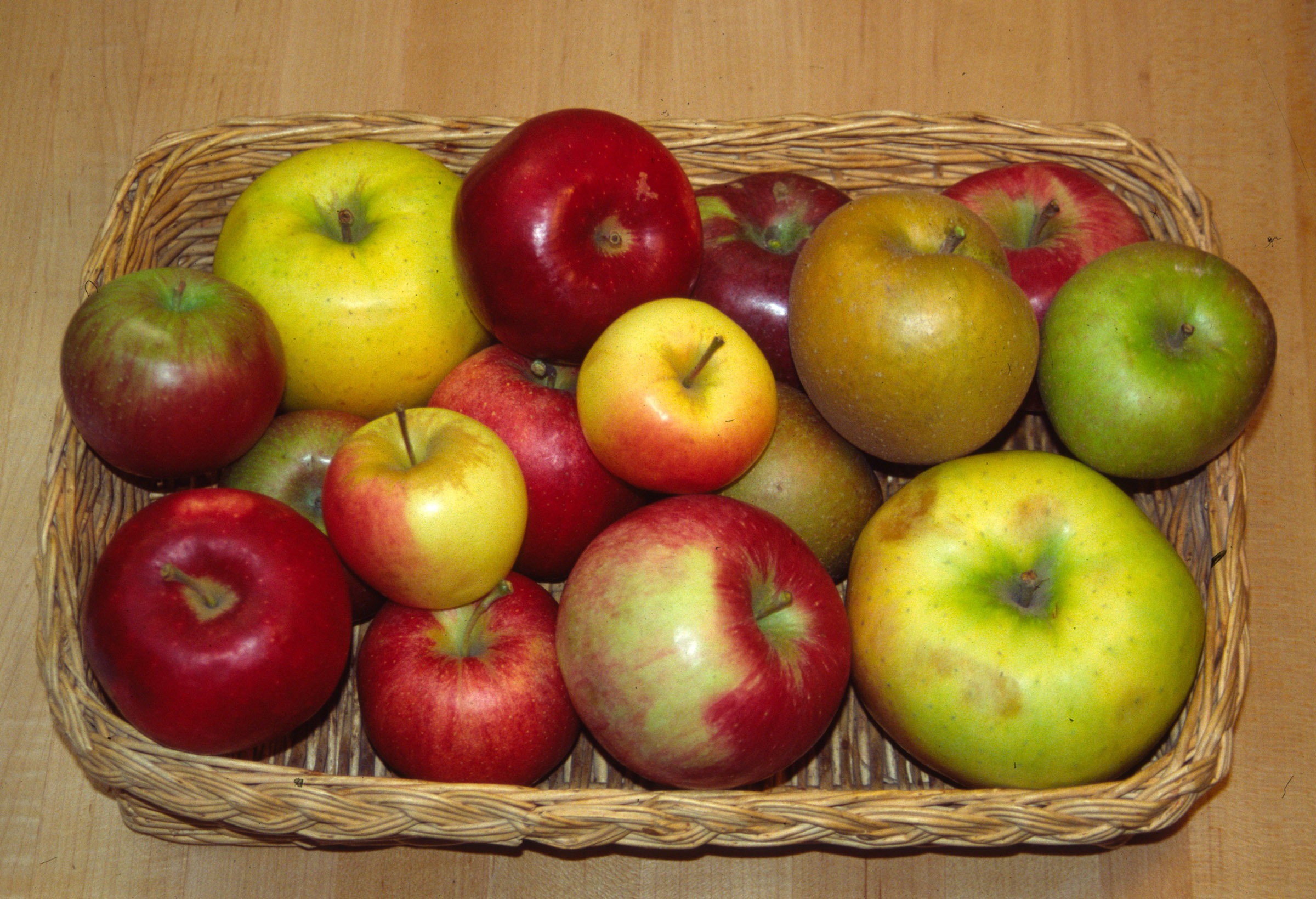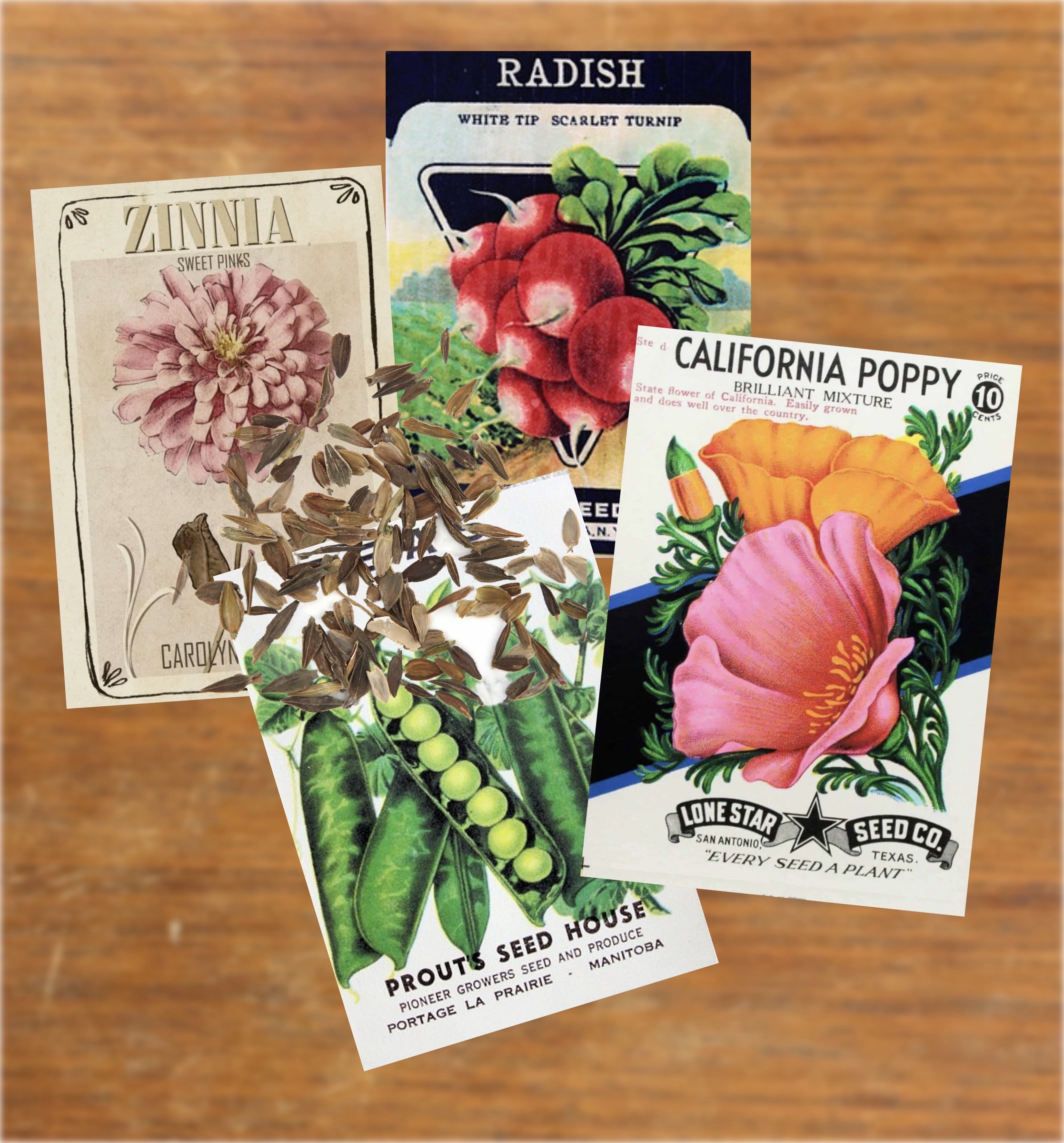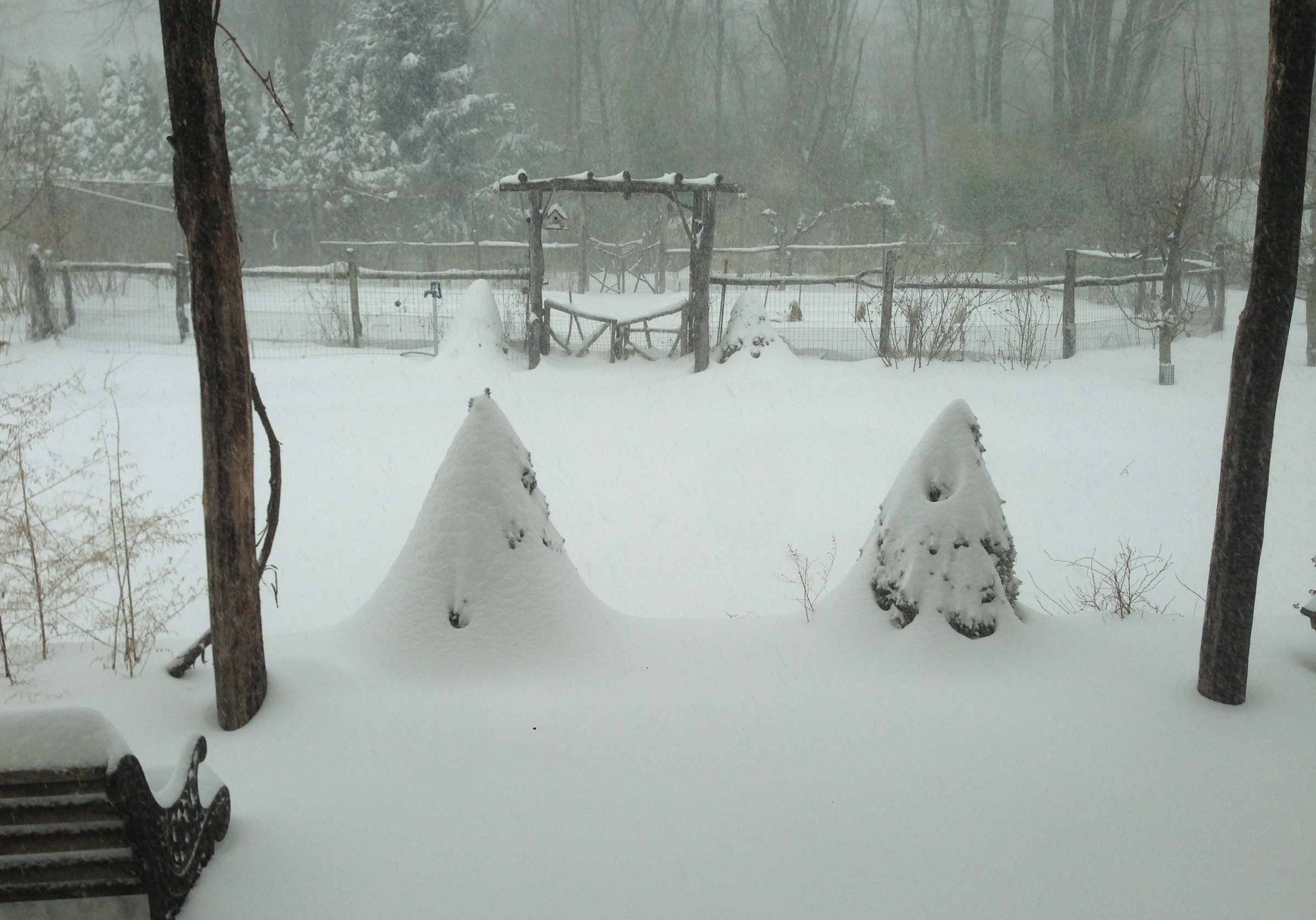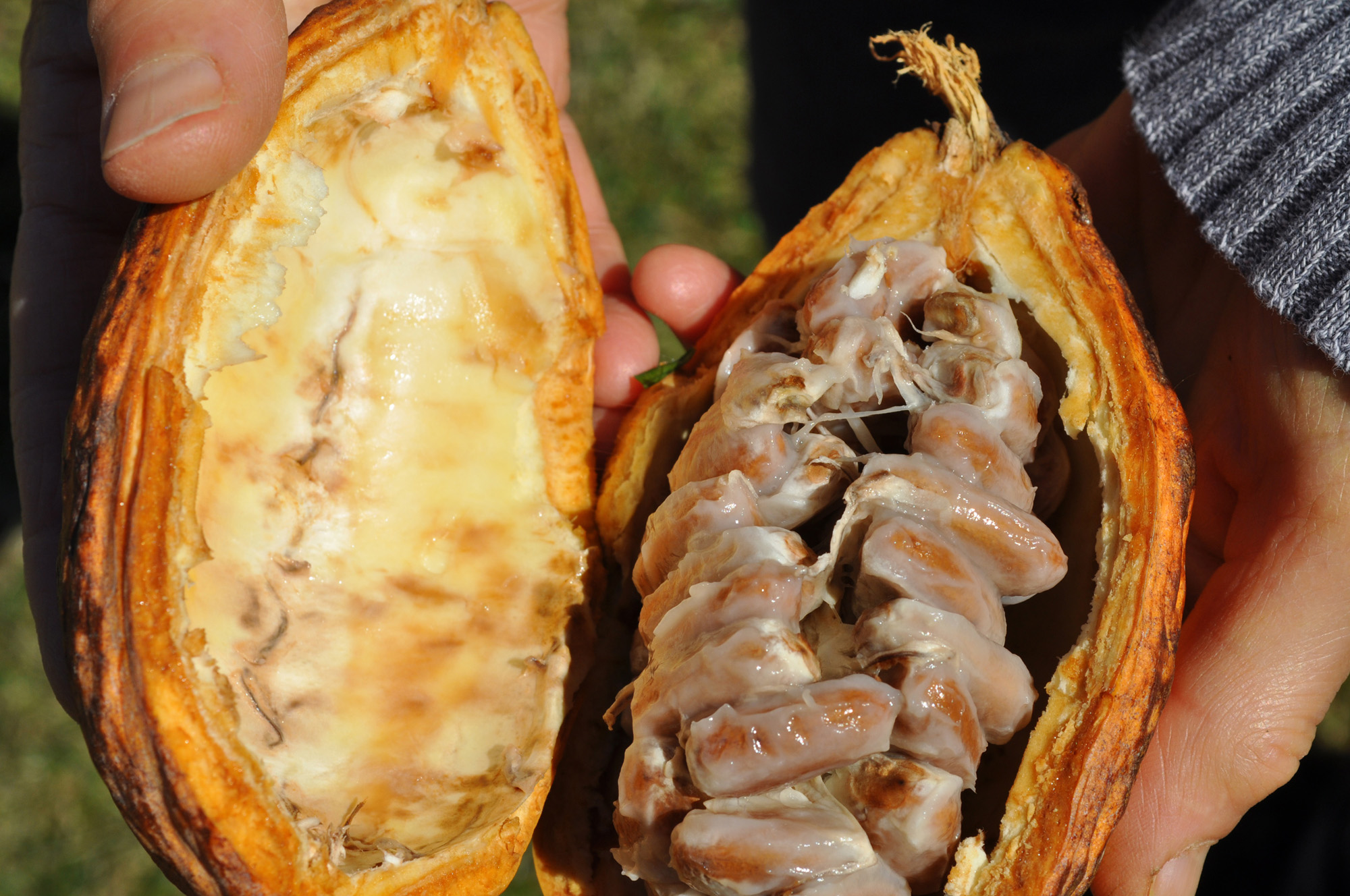OLDIES BUT GOODIES
/2 Comments/in Flowers, Fruit, Vegetables/by Lee ReichVarieties and Aesthetics Past
You’re rummaging in the attic, in your greatgrandma’s steamer trunk, and you come upon a dusty, old packet of garden balsam seeds. An heirloom! This heirloom’s probably more valuable for the picture on the packet than for the seeds, which probably have lost their vitality. You could, though, if you wanted, get your hands on heirloom plants seeds or plants that would grow.
A WINTER FAIRYLAND
/4 Comments/in Design, Soil/by Lee ReichThe Goodness It Brings
If we’re going to have cold temperatures, we might as well have snow. You might think that snow has nothing to do with gardening, that once a white blanket drops over the landscape, all garden activity and thoughts of gardening cease. Not so: Your gardening activity might cease and my gardening activity might cease, but a lot goes on gardenwise.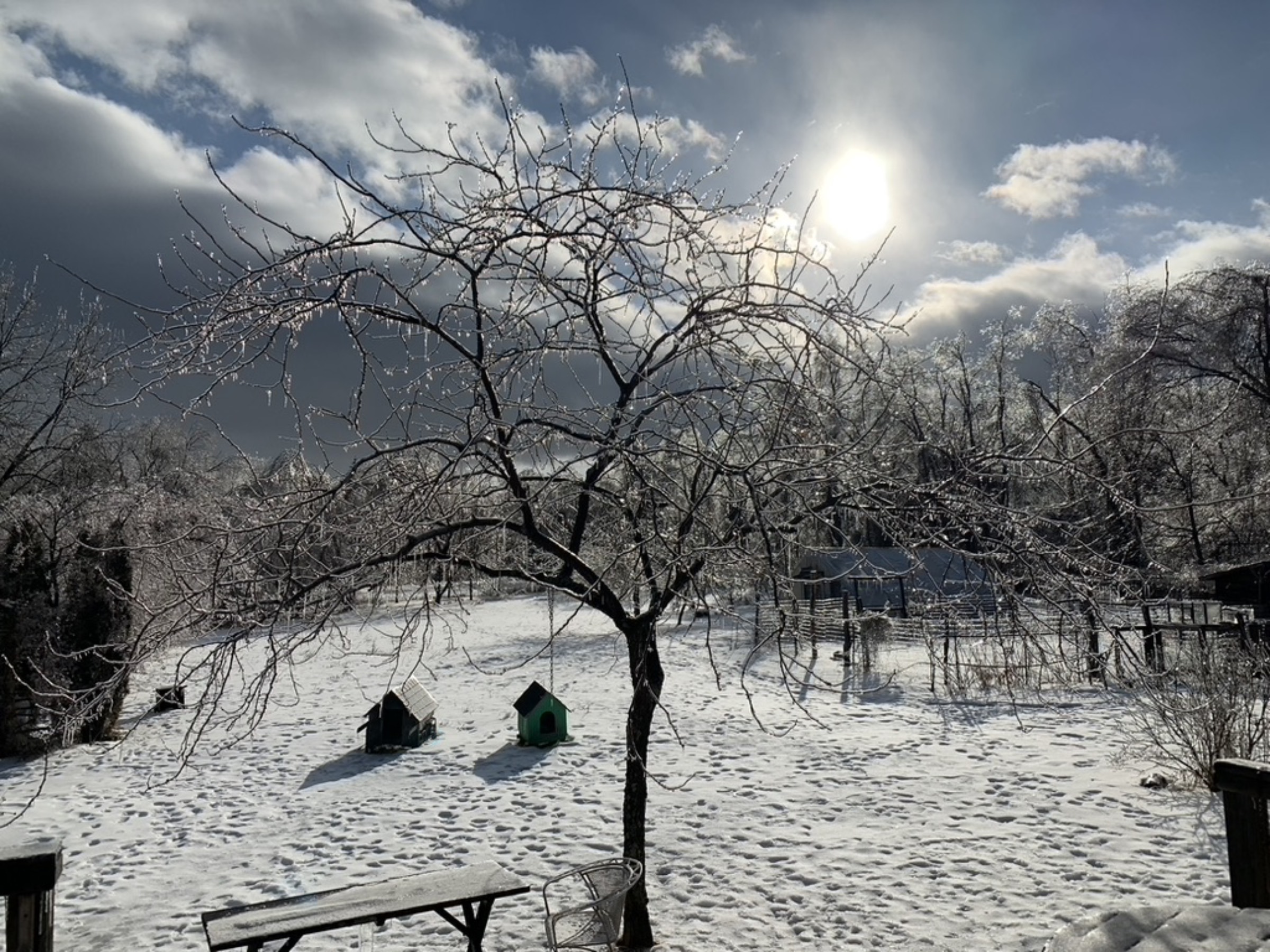 Read more
Read more
WAYS WITH CHOCOLATE
/4 Comments/in Fruit/by Lee ReichThe Horticultural Way
The classic gift for your sweetie on Valentine’s Day is, of course, chocolate.
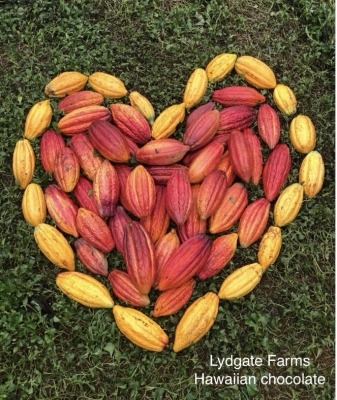
Chocolate plant pods
But plain old chocolate won’t do, not even rich Theo or Equal Exchange chocolates (my two favorites). The gift is going to be a chocolate plant — this is about gardening, after all.
Plant a Hershey’s Kiss and it’ll never sprout to become a chocolate tree. Read more

